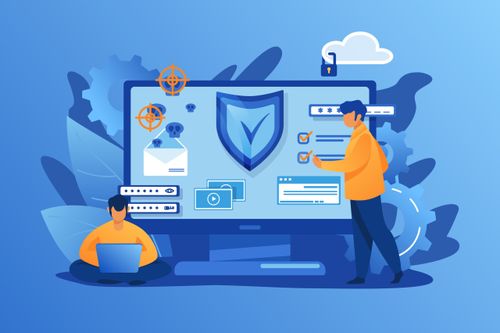In the ever-expanding digital landscape, where communication and data exchange occur at a rapid pace, ensuring the security and authenticity of email communication is paramount. Email verification requests emerge as a fundamental tool to bolster security, establish trust, and reduce the risk of fraud or impersonation. In this extensive guide, we will explore the world of email verification requests, their significance, implementation, and answer common questions to empower you with the knowledge needed to harness their potential.
The Essence of Email Verification Requests
Before we delve into the intricacies of email verification requests, it's crucial to understand why they play a pivotal role in the world of digital communication.
Why Email Verification Requests Matter:
Identity Verification: Email verification requests ensure that the sender's identity is verified, reducing the likelihood of phishing attacks, impersonation, or fraudulent communication.
Enhanced Trust: Receiving an email verification request instills confidence in the sender's authenticity, making recipients more inclined to engage with the communication.
Security: Verification requests serve as a protective barrier against unauthorized access and data breaches, safeguarding sensitive information.
Data Accuracy: By confirming the validity of email addresses, verification requests help maintain accurate databases, ensuring that communication reaches the intended recipients.
Implementing Email Verification Requests
Now, let's explore the steps to effectively implement email verification requests in your digital communication strategies.
Step 1: Sender Initiates Verification Request:
- The sender initiates the verification process by sending an email to the recipient, requesting verification or confirmation.
Step 2: Recipient Acknowledges the Request:
- Upon receiving the verification request, the recipient acknowledges it by taking the specified action, such as clicking on a verification link or replying to the email.
Step 3: Verification Process Ensues:
- The verification process varies depending on the sender's requirements. It may involve confirming identity, validating a subscription, or authenticating an account.
Step 4: Sender Receives Confirmation:
- Once the recipient completes the verification process, the sender is notified of the confirmation, and the intended action is taken accordingly.
Common Questions about Email Verification Requests
As we conclude our exploration of email verification requests, let's address some of the frequently asked questions on this topic:
Q1: What are the common use cases for email verification requests?
Email verification requests are commonly used for account registration, subscription confirmation, password reset, and authentication processes.
Q2: Are email verification requests a secure way to verify identity?
While email verification requests enhance security, they may not be foolproof. Additional authentication measures, such as multi-factor authentication (MFA), are often recommended for robust identity verification.
Q3: Can email verification requests be automated for large-scale communication?
Yes, email verification request processes can be automated using email marketing tools, APIs, or custom scripts to handle large volumes of requests efficiently.
Q4: How can I ensure that my email verification requests are not marked as spam?
To prevent verification requests from being marked as spam, use proper authentication protocols (SPF, DKIM, DMARC), maintain a good sender reputation, and craft clear, concise, and relevant verification messages.
Q5: Is it possible to track and monitor email verification request responses?
Yes, email verification request responses can be tracked and monitored using email analytics tools and tracking mechanisms to gather data on open rates, click-through rates, and verification success.
Conclusion
In conclusion, email verification requests serve as a vital pillar in the realm of digital communication, elevating security, trust, and authenticity. By understanding their significance and implementing them effectively in your communication strategies, you can fortify your digital presence, protect sensitive data, and ensure that your messages reach the right recipients. Embrace the power of email verification requests, and empower your digital communication endeavors with the assurance of security and trust.



